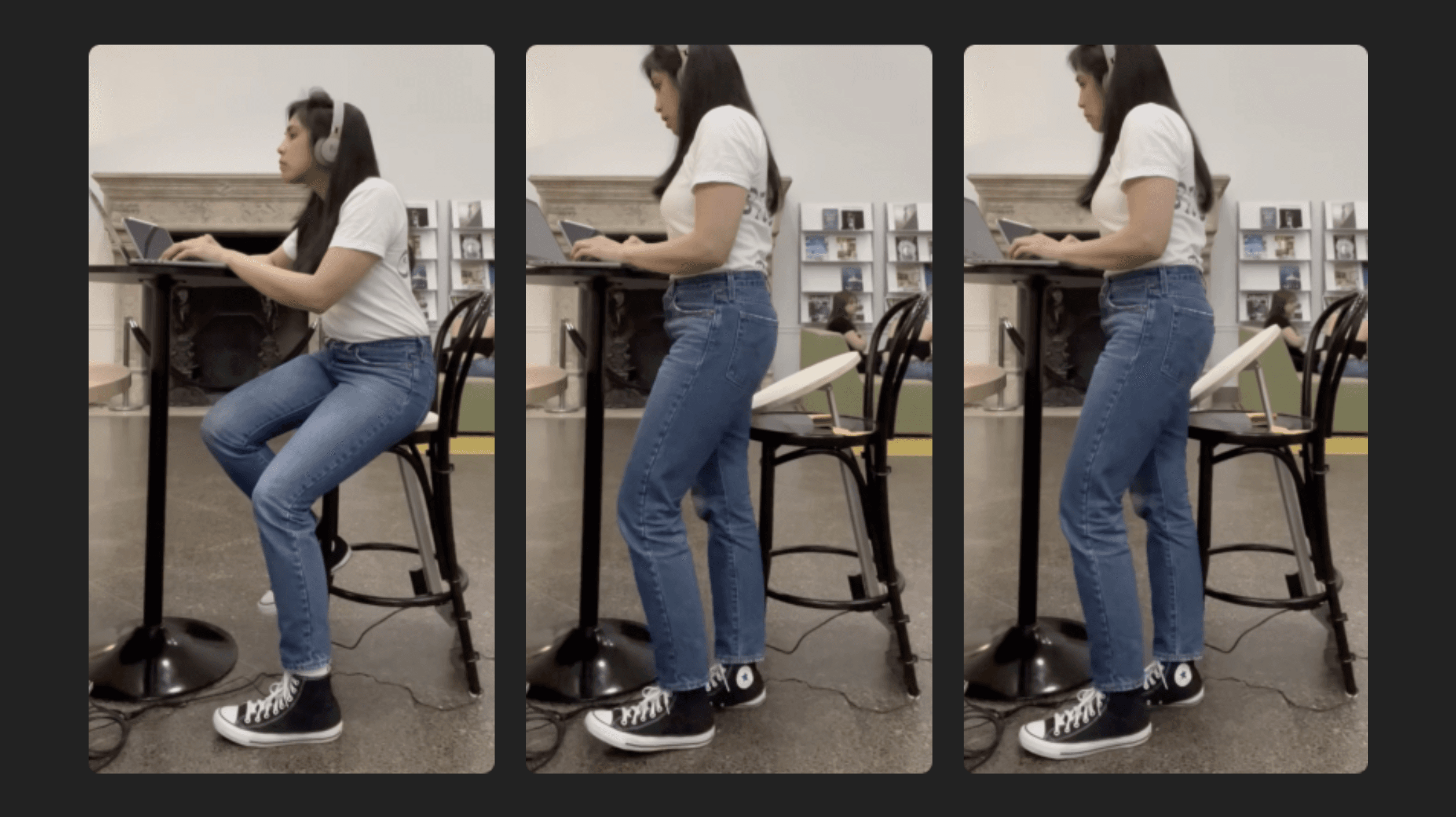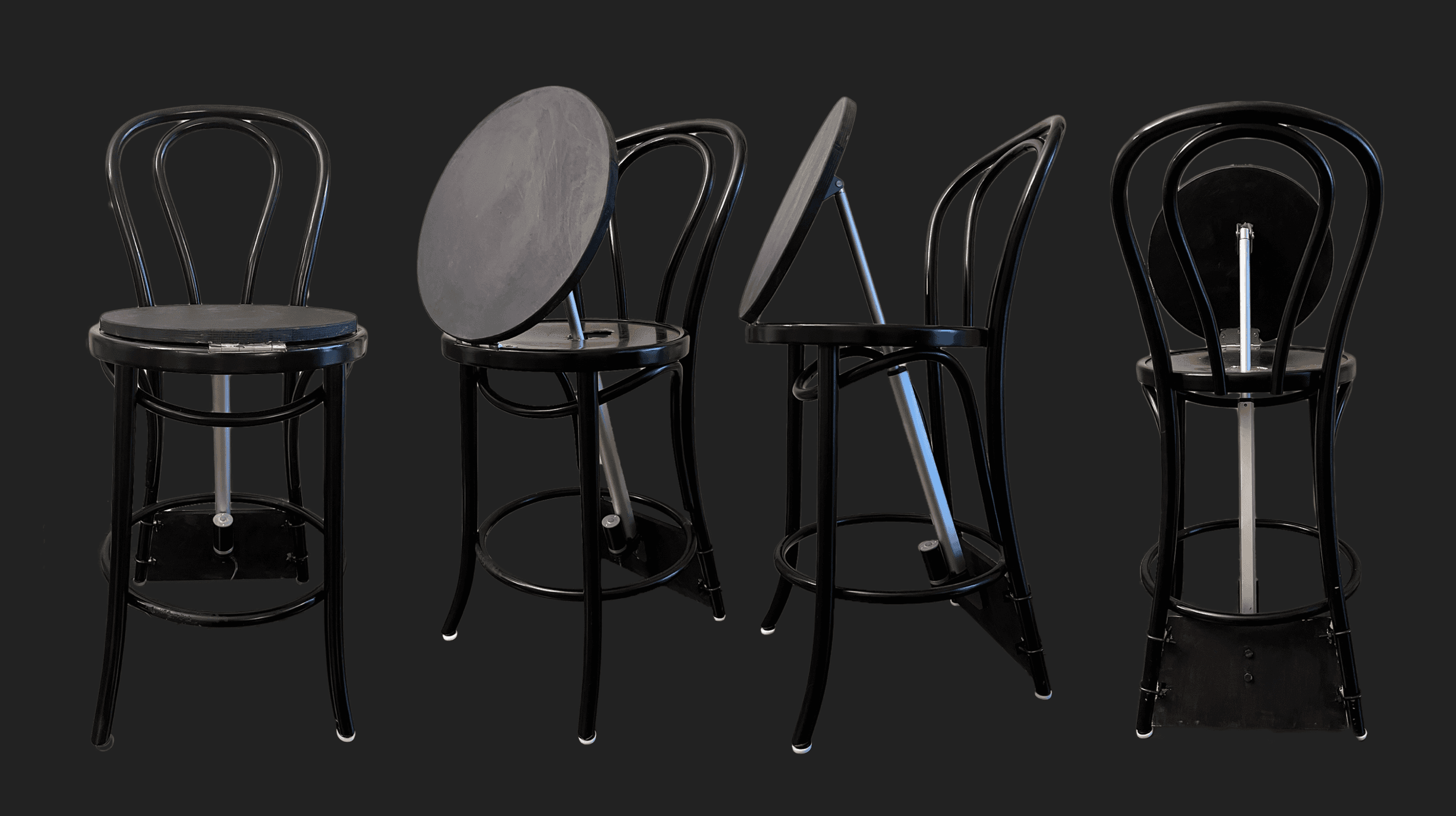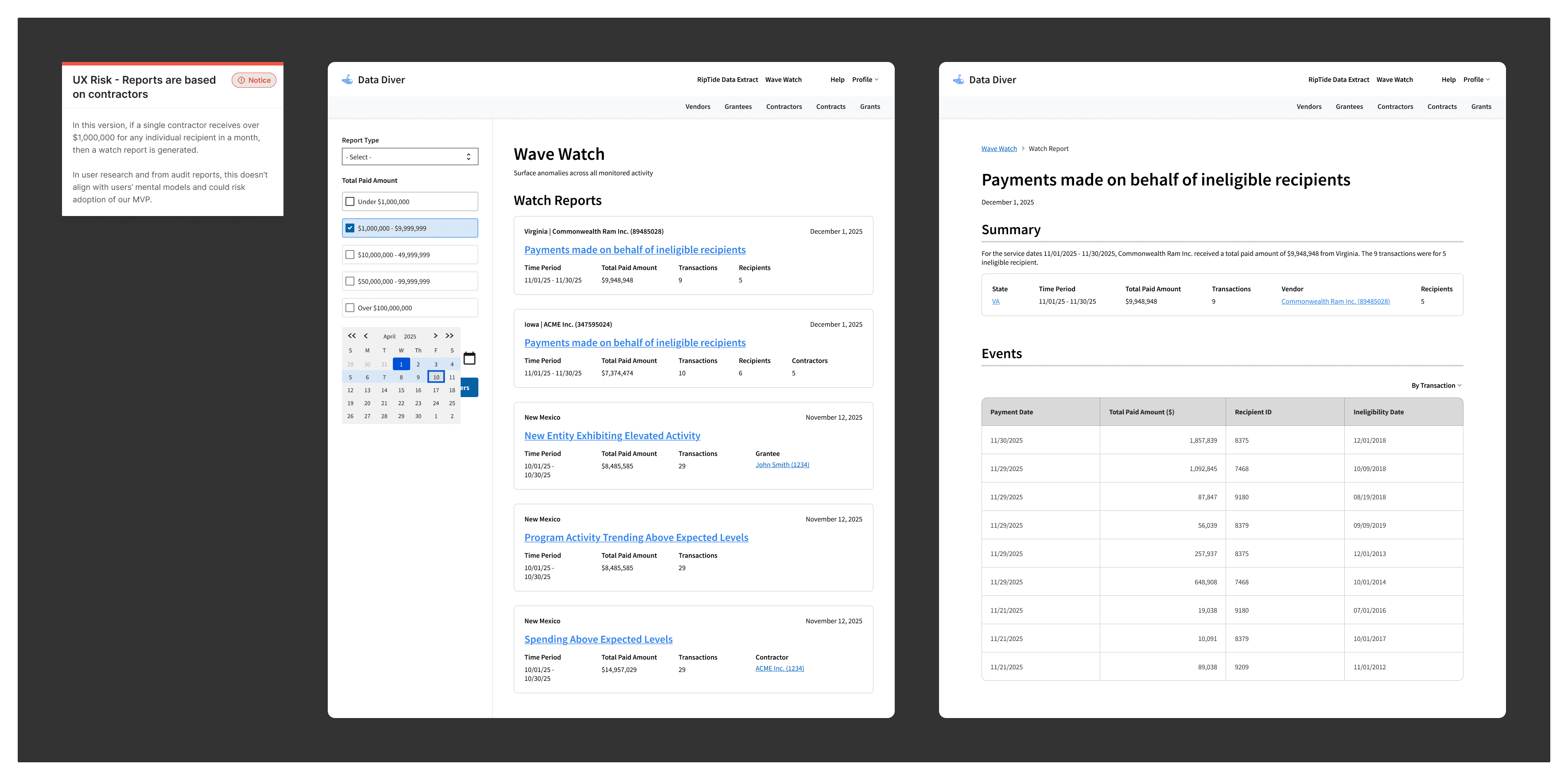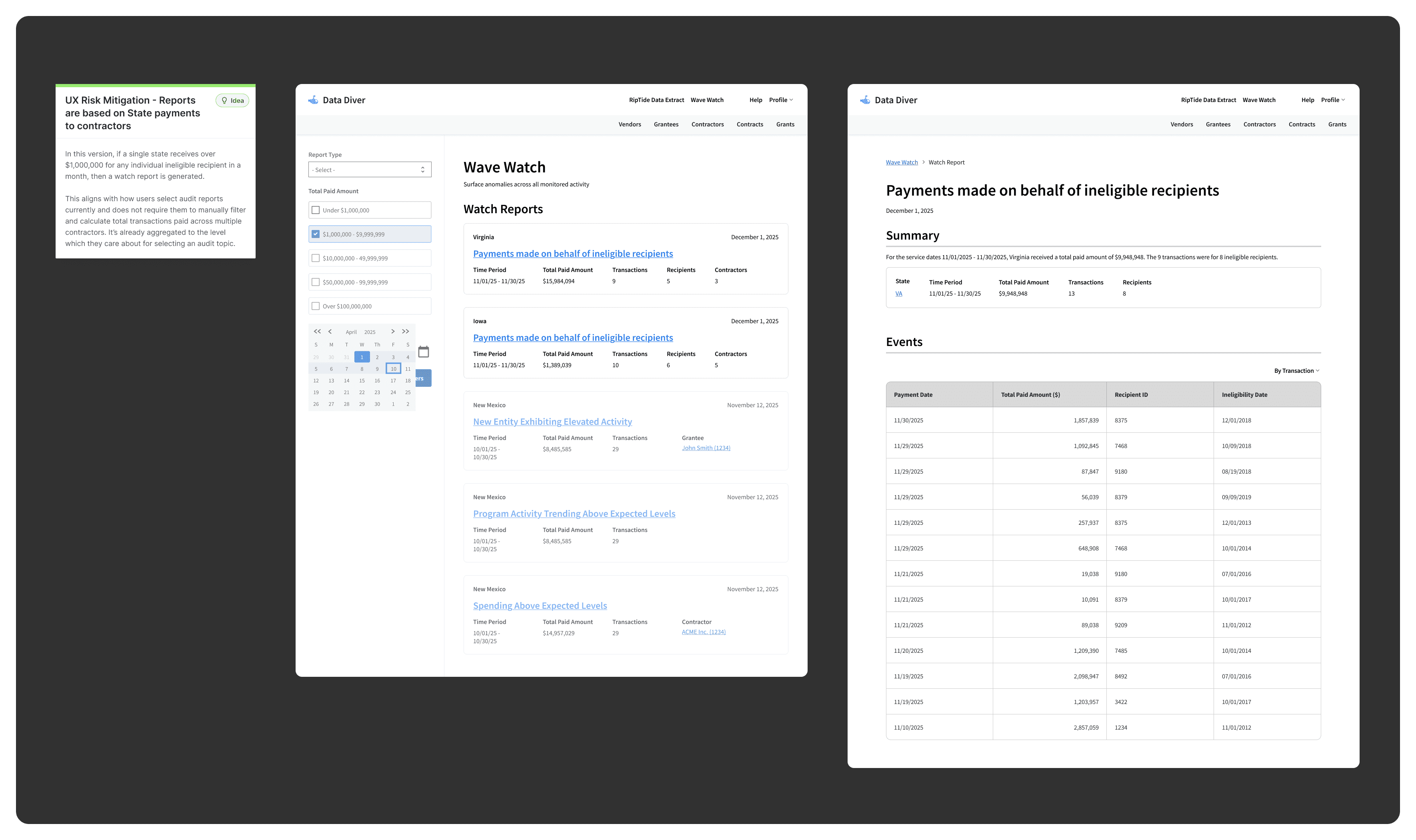The office chair that's begging you to take a break (featured on NPR's TED Radio Hour)
Interaction Design, Ergonomics
2022 - 2023
Product Designer
The Balance Chair
We spend way too much time sitting—and it’s hurting our health and creativity. During the pandemic, the average workday got 50 minutes longer, and many remote workers found themselves sitting for over 6.5 hours straight as the boundaries between workplace and home blurred.
I was one of them—an “active couch potato” who exercised daily but rarely stood up while working. So I designed the Balance Chair: a seat that uses a linear actuator to gently force you to stand after a set period, helping you build more movement into your day.
This project made me consider whether the ubiquitous chair should always afford sitting, whether something built for resting could also promote standing, and what it would be like for a chair to help you in achieving your health habits. Our digital lives keep us constantly connected, but maybe our chairs should remind us to pause and connect with ourselves and our needs.
I learned so much in this project from the power of looking beyond your immediate context to immediate and analogous problems, how to say no to the things you could do to do one thing very well, to the importance of storytelling, because a thing will not sell itself.
Special thanks to Daniel Jonas, my woodworking teacher!
Problem
Like many during the Pandemic, I was much less active and tied to my desk working longer hours, which hurt me physically and mentally.
Solution
I designed the Balance Chair, which tilts you out of your seat on a customizable time interval so you can add more movement to your work day.
Focus Areas
Health/wellness, Physical products
My project was mentioned on NPR TED Radio Hour's "Body Electric" podcast, which discusses the changes to our bodies in the Information Age.
The making of the Balance Chair: from UXR to prototyping with farm equipment
I surveyed people in one of the fittest, most remote-working cities in the U.S. and found that active people often had external triggers—like pets or meetings—to stand up, while sedentary people lacked those interruptions. This insight inspired me to create the Balance Chair: a seat that physically prompts movement for those who don’t get natural breaks. I began questioning whether a chair should only afford sitting. What if it encouraged standing and rest instead? Even without an electronics background, I built a working prototype using parts from chicken coop door systems.
Reflections
After a one usability test with the Balance Chair—just two hours a day over two days—the results spoke volumes. While I found the Balance Chair helpful in getting movement and feeling better, an associate-level lawyer who tested it had particularly telling results: fewer breaks, more time standing, and more than triple the break time compared to a standard office chair. Despite taking longer breaks, he still completed nearly all the work he expected to—showing the Balance Chair might just help you feel better and work smarter. Of course an N of one is not sufficient to make any definitive determinations of effectiveness, but I'd like to do more testing with more time.
I learned new skills like laser cutting, woodworking and electronics
I had never built something like this from scratch before, and getting the Balance Chair to physically move required problem-solving across disciplines. It was equal parts prototyping, debugging, and sanding.
The results
Usability testing (2 hrs/day over 2 days) showed that while using the Balance Chair one user, a busy lawyer, worked just as effectively with less pain and longer breaks.
2 breaks
3 breaks
5 times
2 times
13 minutes
4 minutes
I completed most of the work I expected to
I completed most of the work I expected to
Not at all painful
Somewhat painful
Not very painful
Somewhat painful
Not at all painful
Somewhat painful






